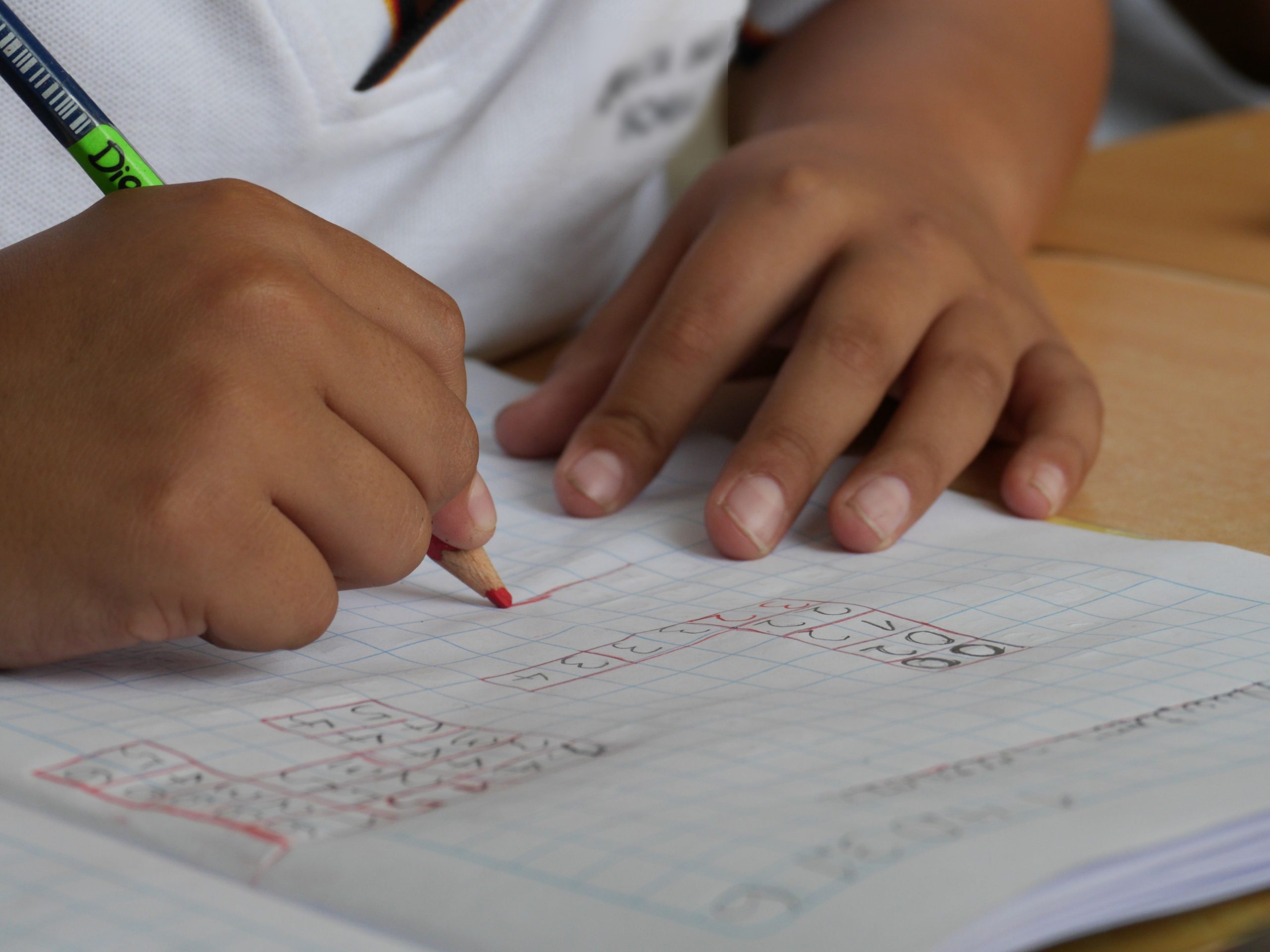In a year where the world changed, a new country climbed atop the education landscape. While in the classroom, where the action counts. Getting students into them was the biggest challenge in 2020.
Countries that lack the 21st century technology infrastructure were doomed at the start. In continents like Africa, where 80 percent of the children had no access to the Internet, to 69% in Asia, face the cold reality they are second-class citizens.
The World Top 20 Project lives in reality and accepts one-fifth of children have no access to schools. Not happy about the situation, the project knows four is larger than one. So, finding a solution to improve the quality of the lives of all children that do have, has brought new concerns.
As usual, the World Top 20 Projects annual Education Rankings list over 200 nations’ strengths and weaknesses, and shows how it affects the economic and social conditions of countries.
What makes the Education Rankings unique is the goal. That goal has brought a challenge to every nation to achieve five educational goals by 2030.
From Early childhood enrollment rates for 3 to 5-year-old. To oversee children 6 to 11 complete Primary education. To achieve the United Nations Sustainable Development Goals 4 missions for 12 to 14-year-old children to attend and complete lower secondary education levels.
The Project rankings also focus on fifteen to eighteen-year girls and boys completing twelve years of schooling to help to prepare them for early adulthood. With the advanced, level of higher education in achieving a College Graduation degree at the top level of education.
Our mission is to bring order and support to every child, no manner where they live.
Below you will find more information about the World Top 20 Project 2020 Education Rankings.
Database Tiers Process
Tiers breaks down the countries in the World Top 20 Project educational database rankings. The rankings are used to support the United Nations Sustainable Development Goals (SDG) 2030 Initiative.
The focus is to help nations achieve the SDG 4 education mission – to ensure inclusive and equitable quality education and promote lifelong learning opportunities for all.
SDG 4 has ten target areas and 11 indicators to measure its success. To help keep this simple, the World Top 20 Project sets five educational goals for each nation to reach by 2030, which will help them capture all ten targets and match all 11 indicators.
Tier 1: Focus on the top 20 nation’s progress and digression in improving education in their country. It also looks at how this is affecting their economic growth and impacts their social conditions.
The Top 20 Countries Ranked in 2020 are:
Progress: Early Childhood Enrollment Rate; Digress: High School Graduation Rate, Strengths: Adult Illiteracy Levels, Weaknesses: Access to the Internet
Progress: School Safe Levels; Digress: NI,
Strengths: Adult Illiteracy Levels, Weaknesses: Poverty Level
Progress: Students to Teacher Ratio; Digress: Secondary School Completion Rate, Strengths: Adult Illiteracy Levels, Weaknesses: Poverty Level
Progress: Early Childhood Enrollment Rate; Digress: High School Graduation Rate, Strengths: Crime Rate; Weaknesses: Poverty Level
Progress: Students to Teacher Ratio; Digress: High School Graduation Rate,
Strengths: Adult Illiteracy Levels, Weaknesses: Poverty Level
Progress: Students to Teacher Ratio; Digress: Early Childhood Enrollment Rate;
Strengths: Poverty Level, Weaknesses: Unemployment Rate
Progress: High School Graduation Rate; Digress: Free Schools,
Strengths: Crime Rate, Weaknesses: Poverty Levels
Progress: High School Graduation Rate; Digress: Out of School Children,
Strengths: Adult Illiteracy Levels, Weaknesses: National Debt
Progress: Early Childhood Enrollment Rate; Digress: Academic Levels – Test Scores, Strengths: Adult Illiteracy Levels, Weaknesses: National Debt
Progress: Early Childhood Enrollment Rate; Digress: High School Graduation Rate, Strengths: Adult Illiteracy Levels, Weaknesses: National Debt
Progress: Academic Levels – Test Scores; Digress: Students to Teacher Ratio,
Strengths: Adult Illiteracy Levels, Weaknesses: Poverty Level
Progress: Students to Teacher Ratio; Digress: NI,
Strengths: Poverty Levels, Weaknesses: National Debt
Progress: High School Graduation Rate; Digress: Students to Teacher Ratio,
Strengths: Crime Rate, Weaknesses: National Debt
Progress: Early Childhood Enrollment Rate; Digress: Students to Teacher Ratio,
Strengths: Adult Illiteracy Levels, Weaknesses: Poverty Level
Progress: Early Childhood Enrollment Rate; Digress: NI,
Strengths: Adult Illiteracy Levels, Weaknesses: NI
Progress: Academic Levels – Test Scores; Digress: NI,
Strengths: Adult Illiteracy Levels, Weaknesses: National Debit
Progress: Early Childhood Enrollment Rate; Digress: High School Graduation Rate, Strengths: Adult Illiteracy Levels, Weaknesses: National Debt
Progress: Early Childhood Enrollment Rate; Digress: Academic Levels – Test Scores, Strengths: NI, Weaknesses: Poverty Level
Progress: High School Graduation Rate; Digress: Students to Teacher Ratio,
Strengths: National Debt, Weaknesses: Crime Rate
Progress: Students to Teacher Ratio; Digress: Academic Levels – Test Scores,
Strengths: Adult Illiteracy Levels, Weaknesses: Poverty Level
*NI= No Information
Areas of Strengths and Weaknesses in Education
Tier 2: Ranks countries 21 through 40, whose progress is tracked from last year. The key areas of interest were, their strengthen indicators, and where they need to improve education standards.
Most countries strength where their students to teacher ratio. The area most struggled with was early childhood education. Showing more government spending on education was used to improve technology in schools.
Tier 3: Focuses on countries ranked 41 to 60. A lack of education data was available from most of these countries. Which shows a poor communication structure of governments to their local levels. From the countries, we were able to find data. A majority of them have developed a good student to teacher ratio. Indicating a desire to improve education for their country and students, but a large disconnect from school leadership for creating a self-sufficient education system.
Tier 4: Shows the results from countries ranked 61 to 80. Here a lack of education data available means the government again is failing their students. Without, data, much-needed data, to plan growth or investment, these countries’ economic and social development is doomed to fail. The poor relationship between these government leaders in education is the main reason for their problems.
Tier 5: Represent countries ranked 81 through 100. Points to countries where investment in education sets to limit the growth potential of its people. More teachers are needed; more schools need to be modernized. Life has to be put back into communities and villages. This is where the United Nations SDG 4 mission will be tested the most.
Economic and Social Impact of Education
Tier 6 through Tier 10 will explore the strengths and weaknesses of countries ranked below 100. Countries ranked 101 to 120 results are below.
Tier 6: You can see most of these countries’ weaknesses stems from the social condition of adult illiteracy. The strengths are generated from a low–wage labor force. That demonstrates the lack of education is affecting both the economic and social growth of the population.
Tier 7: Ranks countries 121 to 140, shows the strengths of these countries are in workforce development, but, again offering low wage-paying jobs. The next strengths indicator is a low National Debt, which signifies these nations have poor trade agreements.
It may be because most of these countries’ weaknesses are in adult literacy, which points to lower-skilled jobs and early entry into the workforce. Again demonstrating the lack of a high quality education system drags down a society.
Tier 8: Ranks countries 141 to 160, the curse of illiteracy shows up again; where most of these countries have a high rate of adults that have a hard time reading, writing, or counting.
Without those life-skills, it is impossible to sustain a healthier way to live or grow a family. Nevertheless, if a heart beats people will try to survive so they go to work. They live day, by day, which insuring these countries will have a vibrant and ready-to- go workforce as their strengths.
Tier 9: Ranks countries 161 to 180, is a group of nations that shows an imbalance of government leadership.
Most of these countries’ strengths are their natural wealth. Their weaknesses are their abilities to reach their whole country. Maybe, it’s greed that separates them from trusting one another or poor communication skills due to a lack of educational development.
Tier 10: Ranks countries 181 to 203 unlike the countries in tier 9, half of these countries children grow up in war-torn nations. An explosion is a culture; going to school is a James Bond movie. So why send my child to school?
Poverty levels, high child mortality rates, and unclean living conditions separate these countries from the rest of the world. Went will the rest of the world care?
2020 is gone. It left a mark on history. Where do we go from here? What countries will survive and thrive? The right answer is those who can educate their next generation and those who cannot.
Help us Change the World. A Smarter World…A Greater World: the World Top 20 Project



